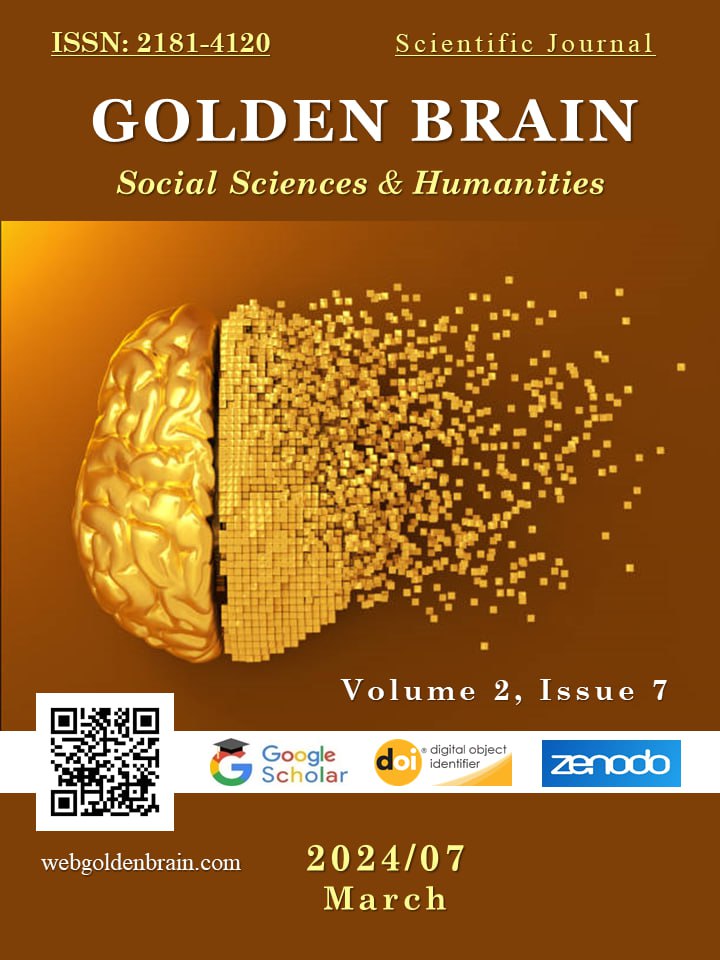MULTIMEDIA RESOURCES IN LANGUAGE TEACHING
Main Article Content
Abstract
Multimedia resources play a pivotal role in language teaching by offering diverse and engaging learning experiences. Incorporating multimedia such as videos, audio recordings, interactive games, and online platforms can cater to different learning styles and preferences. These resources provide visual and auditory stimuli that enhance comprehension and retention of language concepts.
Article Details

This work is licensed under a Creative Commons Attribution 4.0 International License.
How to Cite
References
Lee, J., & VanPatten, B. (2003). Making communicative language teaching happen. McGraw-Hill Education.
Stockwell, G. (2007). Vocabulary on the move: Investigating an intelligent mobile phone-based vocabulary tutor. Computer Assisted Language Learning, 20(4), 365-383.
Wang, L. (2017). The impact of multimedia on improving EFL learners’ speaking skills: A case study. International Journal of Emerging Technologies in Learning (iJET), 12(05), 113-121.
Hsu, L., Wang, S., & Comac, L. (2018). The effects of multimedia on English language teaching: A case study. International Journal of Instruction, 11(3), 275-290.
Chapelle, C. A. (2001). Computer applications in second language acquisition: Foundations for teaching, testing, and research. Cambridge University Press.
Kukulska-Hulme, A., & Shield, L. (2008). An overview of mobile assisted language learning: From content delivery to supported collaboration and interaction. ReCALL, 20(3), 271-289.
Thorne, S. L., & Reinhardt, J. (2008). Bridging activities, new media literacies, and advanced foreign language proficiency. CALICO Journal, 25(3), 558-572.
